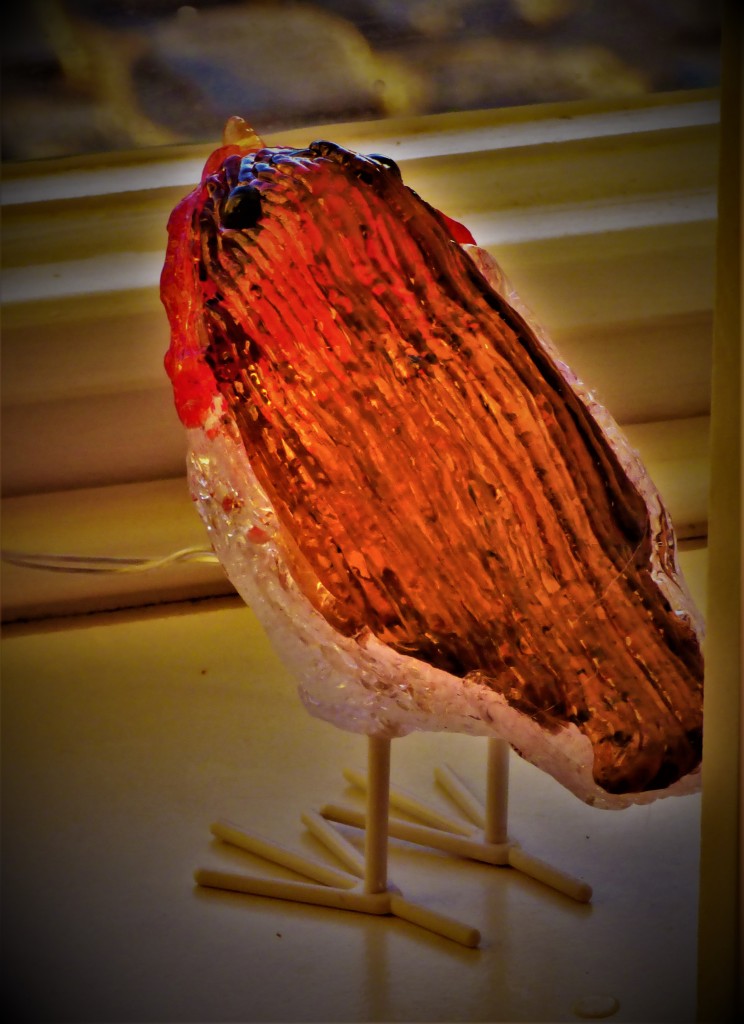This post looks at England’s start to the 2021-22 Ashes series and at what might be done going forward.
THE GABBA
After a rain ruined build up England won the toss and chose to bat. The chosen XI was Burns, Hameed, Malan, *Root, Stokes, Pope, +Buttler, Woakes, Robinson, Wood, Leach. Batting first was the right call, and the XI looked well chosen though it was surprising that neither of the veterans Anderson or Broad got picked (inserting the opposition at the Gabba has a shocking history). Unfortunately, the tone was set for England by Rory Burns who shuffled across his crease to the first ball of the series and made a leg stump half volley look like a swinging yorker – bowled for a duck, England 0-1 one ball into the series. Although Pope, Buttler and Woakes all showed some fight, England never looked like posting a big enough total, and were all out for 147. Robinson, Woakes and Wood all bowled decently, Leach was rusty after playing little recent cricket and took heavy punishment, Stokes was not fully fit and did little. Warner and Labuschagne both batted well but were overshadowed by Travis Head whose place in the XI had been questioned in some quarters. Australia’s number five scored an amazing 152, getting his team to a final total of 425, a lead on first innings of 278. England then had their best period of the series to date, ending day three on 220-2 with Malan and Root in the 80s. Unfortunately both batters fell right at the start of day four, and thereafter the innings was a procession, and England in the end mustered only 297, leaving Australia 20 to win. They lost one wicket just before getting there, which enabled Labuschagne to become the first non-opener to be 0* (0) in a test match – on every previous occasion this happened the target had been one and had come off one ball.
ADELAIDE
Adelaide is one of the most beautiful of all cricket venues, set amidst the city’s northern parklands and with St Peter’s Cathedral part of the backdrop, along with the river Torrens. It is also known for being a batters paradise, and if the ball does anything there it turns. Australia had lost Hazlewood to injury and Cummins because he was identified as a close contact of a covid-positive after eating at a restaurant the night before the game. Steve Smith of sandpaper infamy was thus elevated to the captaincy, while Michael Neser and Jhye Richardson filled the vacant fast bowling slots. England, in defiance of logic, common sense and Adelaide history went in without a specialist spinner and with four right arm fast medium bowlers backed up by Stokes.
Australia won the toss and decided to bat (in view of their circumstances and the nature of the Adelaide pitch a decision to bowl would have made Ponting’s insertion of England at Edgbaston in 2005 look like a stroke of genius!). England bowled accurately, but were consistently half a yard or so too short to be maximally effective with the result that the ball went past the edge of the bat many times but the batters had little real trouble. Additionally, one of the few genuine chances created by England was squandered when Buttler dropped an absolute sitter offered by Labuschagne. Australia ended the opening day on 221-2 from 89 overs (England’s over rate, which had already cost them their match fees at Brisbane was once again an utter disgrace). Ominously skipper and part time off spinner Joe Root got a few balls to turn when he bowled a spell on this opening day.
In the early part of the second day (today) England fared reasonably well, and the fifth Aussie wicket fell at 331. However, Steve Smith was still at the crease, and wicket keeper Alex Carey proceeded to score a 50. Michael Neser on debut at no8 scored a rapid 35, Smith fell just short of a century (93, trapped LBW by one from Anderson that kept low). Mitchell Starc and Jhye Richardson then shared a brisk, carefree partnership for the ninth wicket, before Richardson snicked one from Woakes and was caught behind. Woakes had shown the problem with selecting him overseas because “we want a number eight who can score runs”, namely that he is ineffective overseas in his main role: bowling – before being gifted that wicket which triggered a declaration at 473-9 Woakes had conceded 100 runs without ever posing a threat.
Before a thunderstorm brought an early close to proceedings England lost both openers, Burns to Starc and Hameed to the debutant Neser (the bowler’s second delivery in test cricket). Malan and Root were in occupation, with England 17-2.
Australia are 18 wickets away from going 2-0 up in the series, and in very little danger of being beaten whatever happens in the next three days.
LOOKING AHEAD 1: THE REST OF THE SERIES
England are in deep trouble and have boxed themselves into a corner by sending home the Lions players en bloc, including Bracey who had just scored a battling hundred in the Lions last innings and Foakes, England’s best keeper. They have also left themselves little choice but to persist with Burns and Hameed since the only back up opener they have averages 11 in tests in 2021, 18.80 outside his one big innings at that level overall. They cannot go without a spinner again, and I also think they need to pick Wood for the rest of the series so that they have some genuine pace available. For the MCG I would select: Burns, Hameed, Malan, *Root, Stokes, Pope, +Buttler, Robinson, Wood, Leach, Anderson. At the SCG I might rotate Broad in for Anderson. The final match will be played at Bellerive Oval, Tasmania and much remains to be seen before thinking about that one.
LOOKING AHEAD 2: TIME FOR THE GREAT RESET
Before any of the suggestions I am about to make can be acted on one thing has to happen: Chris Silverwood, an unmitigated failure as England head coach, has to be given his P45.
Of the batters I would retain only Root and Stokes from the current squad. The bowling situation looks better, but although I advocate for him to be given this series I believe that like Bess and Ali before him Jack Leach has had his confidence ruined by the hamfisted way in which he has been managed and going forward would look to the younger spinners.
- Openers: unless Burns and Hameed go really well in what is left of this series I would want two new openers, and I see five who merit consideration for that role: Hasan Azad, Sam Evans, Tom Haines, Jake Libby and Rob Yates.
- Number three: Tom Abell, with Bracey in reserve. I would also be strongly inclined to name Abell as captain right from the start – Root is not a good captain, while his batting is indispensable.
- Nos 5,6,7: Stokes will occupy one of these slots, Ben Foakes will be at six and keeping wicket (he averages 38 to Buttler’s 31 in FC cricket and is a far better keeper). Ollie Pope will usually be the third of this trio, either batting down at seven or up at five, with Stokes in the slot he doesn’t get (I want Foakes at six to reduce the chances of him having to bat exclusively with the bowlers).
- The fast bowlers: Woakes in England remains in contention (I kept an open mind about him succeeding overseas, knowing him to be much improved of late, but his bowling has been toothless so far this tour). I want at least one of Archer, Stone and Wood in the side, fitness permitting. If none of these three are available then Brydon Carse or Saqib Mahmood (the latter is not express, but he is quicker than the common run of English seamers) would be considered. Henceforth only one of the two uber veterans can ever be in the side at a time. Robinson has earned his spurs and would be part of the squad and most likely the final XI.
- The spinners: I would establish a spinner’s camp, the first members of which would be Matt Parkinson, Jack Carson, Amar Virdi, Dan Moriarty and Liam Patterson-White (the last named is almost good enough with the bat to be classed as an all rounder, and would combine well with any of the first three should two spinners be warranted. England’s handling of spinners has been shocking in recent years, and needs to change.
A new look England to front up against the next test match opposition, the West Indies might have an XI of: Haines, Yates, *Abell, Root, Pope, +Foakes, Stokes, Robinson, Archer/Stone/Wood, Anderson and Parkinson, or if feeling bolder still, select two of the expresses to go with Robinson and Parkinson (assuming they are fit).
Making such huge changes is high risk, but persisting with the current non-working test set up means accepting the certainty of further failure in the premier format of the game. I prefer letting the dice fly to resignation.
PHOTOGRAPHS
My usual sign off…













































































